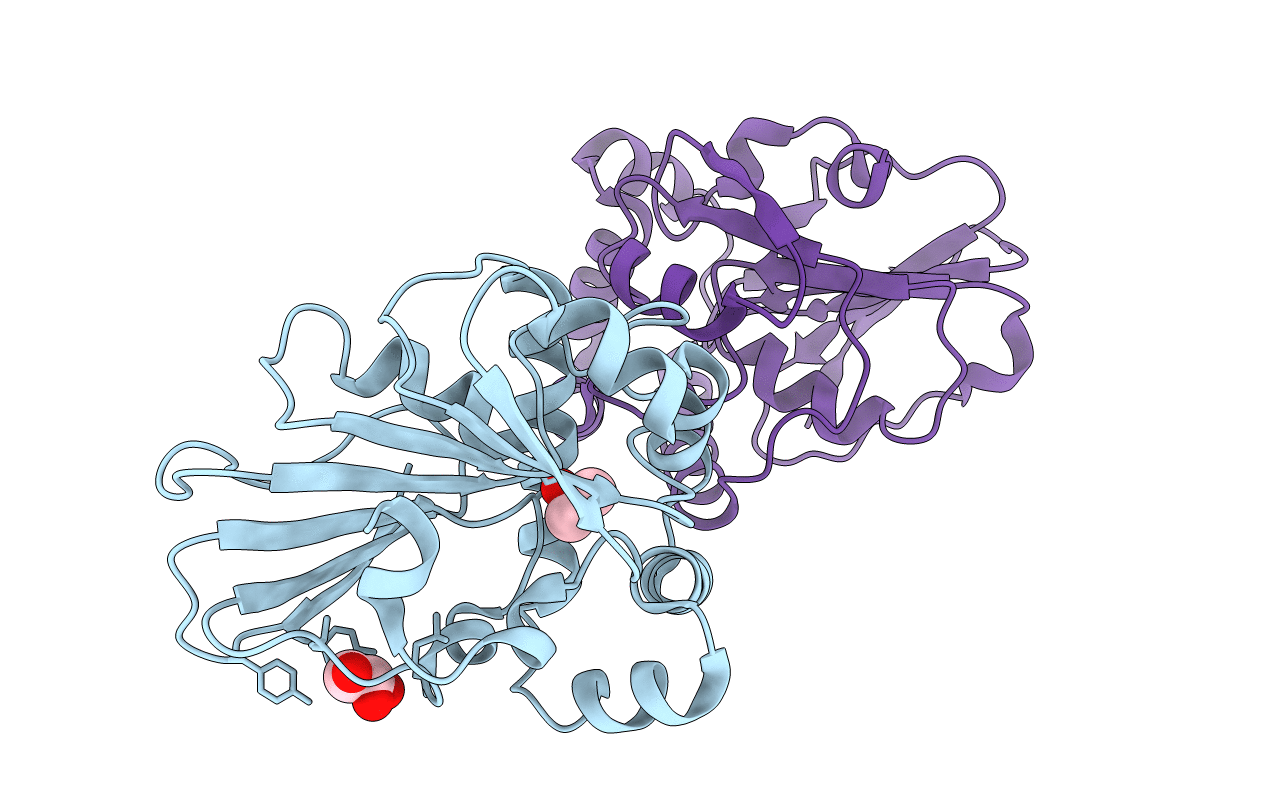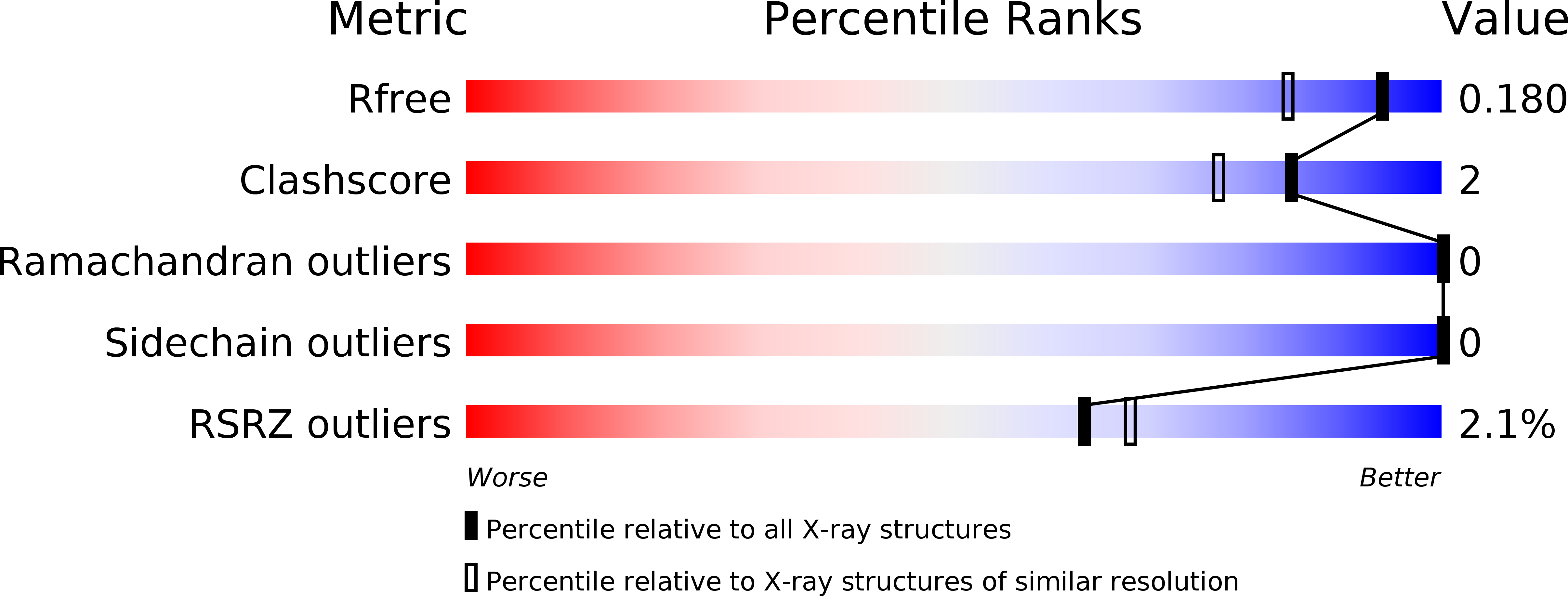
Deposition Date
2016-10-21
Release Date
2016-12-07
Last Version Date
2024-10-16
Entry Detail
PDB ID:
5H3B
Keywords:
Title:
Crystal Structure of SeMet-BioG from Haemophilus influenzae at 1.49 Angstroms resolution
Biological Source:
Source Organism:
Haemophilus influenzae Rd KW20 (Taxon ID: 71421)
Host Organism:
Method Details:
Experimental Method:
Resolution:
1.49 Å
R-Value Free:
0.18
R-Value Work:
0.14
R-Value Observed:
0.14
Space Group:
P 1 21 1


